
Types of DBMS: Relational vs. Non-Relational Databases
Mar 03, 2025 6 Min Read 3305 Views
(Last Updated)
In the digital age, data is the lifeblood of organizations, driving decision-making, operations, and innovations. To manage this critical asset, we rely on Database Management Systems (DBMS), which are the backbone for storing, retrieving, and organizing data efficiently.
However, not all DBMSs are created equal, and understanding the differences between them is important for selecting the right tool for your needs.
In this blog, we will explore the two primary types of DBMS: Relational vs. Non-Relational Databases. By exploring the characteristics, advantages, and use cases of both relational and non-relational databases, this blog will equip you with the knowledge to make informed decisions about which type of DBMS best suits your specific requirements. Let’s begin!
Table of contents
- What is DBMS?
- Types of DBMS: Relational vs. Non-Relational Databases
- Relational Databases (RDBMS)
- Non-Relational Databases (NoSQL)
- Key Differences Between Relational and Non-Relational Databases
- Choosing the Right DBMS for Your Needs
- Conclusion
- FAQs
- What are the main differences between relational and non-relational databases?
- When should I choose a relational database over a non-relational database?
- What are the benefits of using a non-relational database?
What is DBMS?
DBMS stands for Database Management System. It is a software system designed to create, store, manage, and access databases efficiently and allow data to be shared across multiple users or applications.
Some key features and functions of a DBMS include:
- Data Definition: It allows users to define and modify the database structure, including creating, modifying, and deleting tables and their schemas.
- Data Manipulation: It enables users to insert, update, delete, and retrieve data from the database.
- Data Security: A DBMS provides access control mechanisms to ensure data privacy, integrity, and security by restricting unauthorized access.
- Data Consistency: It enforces data integrity constraints, such as entity integrity, referential integrity, and domain integrity, to maintain data consistency.
- Backup and Recovery: It enables taking backups of the database and restoring it in case of system failures or data loss.
- Concurrency Control: It manages multiple users accessing the database concurrently, ensuring data integrity and avoiding conflicts.
- Query Processing: A DBMS provides a query language (e.g., SQL) to retrieve and manipulate data efficiently.
Some popular examples of DBMS include MySQL, Oracle, Microsoft SQL Server, PostgreSQL, and MongoDB. DBMSs are used in various applications, including banking, e-commerce, healthcare, and many more, where efficient data management is crucial.
Also Explore: How Does Database Servers Work? Explained with Illustrations
Before we move to the next part, you should have a deeper knowledge of data engineering concepts. You can consider enrolling yourself in GUVI’s Data Engineering Career Program, which lets you gain practical experience by developing real-world projects and covers technologies including data cleaning, data visualization, Infrastructure as code, database, shell script, orchestration, cloud services, and many more.
Additionally, if you would like to learn data management and cloud computing, explore GUVI’s SQL course and take the first step towards mastering essential database skills. Enroll now to transform your career!

Types of DBMS: Relational vs. Non-Relational Databases
Let’s explore the intricacies of relational and non-relational databases, their key differences, and how to make an informed decision when selecting the most suitable database management system (DBMS) for your needs.

1. Relational Databases (RDBMS)
Relational databases, or RDBMS (Relational Database Management Systems), have been the backbone of data storage and management for decades. They are built on the principles of relational algebra and the relational model proposed by Edgar F. Codd in the 1970s. These databases organize data into tables with rows (records) and columns (fields), establishing relationships between them using keys.
Key Characteristics of Relational Databases:
- Tabular Structure: Data is stored in tables with predefined schemas, consisting of rows and columns. Each table represents a specific entity, and relationships between tables are established through foreign keys.
- SQL (Structured Query Language): Relational databases use SQL, a powerful and standardized language, for defining, manipulating, and querying data. SQL provides a consistent and efficient way to interact with the database.
- ACID Compliance: RDBMS adhere to the ACID (Atomicity, Consistency, Isolation, Durability) properties, ensuring data integrity and consistency during transactions.
- Schema-Based: Relational databases require a predefined schema, which specifies the structure of the data before it can be stored. This ensures data consistency but can limit flexibility.
- Scalability Challenges: As data volumes grow, vertical scaling (adding more resources to a single server) becomes more challenging and expensive. Horizontal scaling (distributing data across multiple servers) can be complex.
Popular examples of relational databases include MySQL, PostgreSQL, Oracle Database, Microsoft SQL Server, and IBM Db2.

Also Read: Revolutionizing Data Handling: Big Data Management with DBMS Dissected
2. Non-Relational Databases (NoSQL)
Non-relational databases, commonly referred to as NoSQL (Not only SQL) databases, emerged in response to the evolving demands of modern applications and the need to handle large volumes of unstructured or semi-structured data efficiently. These databases depart from the traditional tabular structure of relational databases and offer more flexible data models.
Key Characteristics of Non-Relational Databases:
- Flexible Data Models: Non-relational databases support various data models, such as key-value stores, document databases, column-family stores, and graph databases, allowing for more flexible and scalable data storage.
- Schema-Less or Dynamic Schema: Most NoSQL databases are schema-less or have a dynamic schema, meaning that the structure of the data can evolve over time without the need for a predefined schema.
- Horizontal Scalability: Non-relational databases are designed to scale horizontally by distributing data across multiple servers or clusters, making it easier to handle large volumes of data and high traffic loads.
- High Availability and Partition Tolerance: Many NoSQL databases prioritize high availability and partition tolerance, adhering to the CAP theorem (Consistency, Availability, and Partition Tolerance) and favoring availability over strict consistency.
- Query Languages: While NoSQL databases don’t rely on SQL, they often provide their own query languages or APIs for interacting with the data, such as MongoDB’s query language or Cassandra Query Language (CQL).
Popular examples of non-relational databases include MongoDB (document database), Cassandra and HBase (column-family stores), Redis and Memcached (key-value stores), and Neo4j (graph database).

Also Read: Mastering Database Management: A Beginner’s Guide 2024
Key Differences Between Relational and Non-Relational Databases
While both relational and non-relational databases serve the purpose of data storage and management, they differ significantly in their design principles, data models, query languages, scalability, and consistency guarantees. Understanding these differences is crucial when selecting the appropriate database system for your specific use case.
| Aspect | Relational Databases | Non-Relational Databases |
| Data Model | Rigid schema. The structure must be defined before data insertion. Altering schema can be complex and time-consuming. | Uses various data models: key-value, document, columnar, or graph. Schemas are dynamic or schema-less. |
| Schema | A bank’s core banking system uses Oracle or PostgreSQL to manage accounts, transactions, and financial records. | Flexible schema or schema-less. Can easily accommodate changes in data structure. |
| Scalability | Vertical scaling (scaling up) is typically easier. Horizontal scaling can be challenging and often requires sharding. | Designed for horizontal scaling (scaling out). Can easily distribute data across multiple servers. |
| Query Language | Uses standardized SQL (Structured Query Language) for querying and manipulating data. | Often use database-specific query APIs. Some support SQL-like querying. |
| ACID Compliance | Fully ACID compliant (Atomicity, Consistency, Isolation, Durability). Ensures data integrity and transaction reliability. | Many NoSQL databases sacrifice full ACID compliance for performance and scalability. Some offer tunable consistency. |
| Use Cases | Best for applications requiring complex queries, transactions, and strong consistency. E.g., financial systems, ERP, CRM. | In a distributed NoSQL system: <br>1. User A updates stock count to 10 <br>2. User B might briefly see the old value before all nodes sync |
| Example | Suitable for applications with large amounts of unstructured data, real-time web apps, and content delivery. E.g., social media, IoT, real-time analytics. | A social media platform using MongoDB to store user profiles, posts, and interaction data. |
| Data Relationships | Supports complex relationships between entities through foreign keys and joins. | Typically denormalizes data, often embedding related data within documents or using reference IDs. |
| Performance | Optimized for complex queries and joins. Can be slower for very large datasets or high write loads. | Generally faster for simple read/write operations, especially at scale. May struggle with complex queries requiring joins. |
| Data Integrity | Enforces data integrity through constraints (e.g., foreign keys, unique constraints, check constraints). | Often lacks built-in data integrity constraints. Integrity must be managed at the application level. |
| Flexibility | Less flexible for changing data models. Schema changes can be disruptive. | Highly flexible. Can easily adapt to changing data requirements. |
| Standardization | High degree of standardization. SQL is widely used and understood. | Less standardization. Each NoSQL database may have its own query language and APIs. |
| Data Consistency | Ensures strong consistency. All clients see the same data at the same time. | Often provides eventual consistency. May offer tunable consistency levels. |
| Example | In an inventory system: <br>1. User A updates stock count to 10 <br>2. User B immediately reads stock count <br>3. User B always sees 10 | Well-established backup and recovery procedures. Point-in-time recovery is often supported. |
| Backup and Recovery | Development can be slower due to the need for upfront schema design and normalization. | Backup and recovery can be more complex, especially in distributed setups. May rely on replication for data durability. |
| Handling Big Data | Can struggle with very large datasets (terabytes to petabytes) on a single server. | Designed to handle massive amounts of data distributed across multiple nodes. |
| Example | A large e-commerce site might struggle with a single PostgreSQL instance for all transaction data. | The same e-commerce site could use Apache Cassandra to handle billions of transactions across a cluster of servers. |
| Real-time Data Processing | Generally not optimized for real-time data processing at scale. | Many NoSQL databases are designed for real-time data ingestion and processing. |
| Example | Processing millions of IoT sensor readings per second might overwhelm a traditional RDBMS. | A time-series NoSQL database like InfluxDB could handle millions of data points per second from IoT devices. |
| Development Speed | Development can be slower due to need for upfront schema design and normalization. | Faster initial development due to flexible schema and simpler data models. |

Also Read: Top SQL Interview Questions With Answers [2024]
Choosing the Right DBMS for Your Needs
Selecting the appropriate database management system is a critical decision that can significantly impact the performance, scalability, and overall success of your application or project. While there is no one-size-fits-all solution, there are several factors to consider when choosing between a relational or non-relational database:
- Data Structure: If your data is highly structured and has well-defined relationships, a relational database may be the optimal choice. However, if your data is unstructured or semi-structured, and you require flexibility in data modeling, a non-relational database could be a better fit.
- Scalability Requirements: If you anticipate handling large volumes of data or high traffic loads, non-relational databases with their horizontal scalability capabilities may be more suitable. Relational databases can be scaled vertically, but this approach becomes more challenging and expensive as data volumes grow.
- Consistency and Availability Trade-offs: Evaluate your application’s requirements for consistency and availability. If strict data consistency is crucial and you can tolerate potential downtime, a relational database adhering to ACID properties may be the right choice. If high availability and partition tolerance are more important, a non-relational database following the CAP theorem could be a better fit.
- Query Complexity: If your application involves complex queries with multiple joins and aggregations, a relational database with its powerful SQL language may be more appropriate. For simpler queries or specific data models (e.g., key-value, document, or graph), a non-relational database with its specialized query languages or APIs could be more efficient.
- Development Skills and Ecosystem: Consider the skills and expertise of your development team, as well as the available tools, libraries, and community support for each database system. Relational databases have a more established ecosystem, while non-relational databases may offer better support for specific use cases or programming languages.

Also Explore: 15 Most Common SQL Queries with Examples
It’s important to note that the choice between relational and non-relational databases is not always mutually exclusive. Many modern applications employ a polyglot persistence strategy, leveraging the strengths of both database types for different components or microservices within the same application.
Kickstart your career by enrolling in GUVI’s Data Engineering Career Program where you will master technologies like data cleaning, data visualization, Infrastructure as code, database, shell script, orchestration, and cloud services, and build interesting real-life cloud computing projects.
Additionally, if you would like to learn data management and cloud computing, explore GUVI’s SQL course and take the first step towards mastering essential database skills. Enroll now to transform your career!
Conclusion
The decision between relational and non-relational databases ultimately depends on your specific requirements, such as data structure, scalability needs, consistency and availability trade-offs, query complexity, and development skills.
By carefully evaluating these factors, you can make an informed choice and select the database management system that best suits your application’s needs, ensuring optimal performance, scalability, and data integrity.
Also Read: A Comprehensive Guide on DBMS Trends in 2024
FAQs
Relational databases use structured tables with rows and columns, and SQL for querying, ensuring data integrity with ACID properties. They scale vertically by adding power to a single server. Non-relational databases use flexible data models like documents, key-value pairs, and graphs, allowing for unstructured data and diverse querying methods.
Opt for a relational database when your application needs structured data and complex relationships, strong data integrity with ACID transactions, and powerful querying capabilities. They are ideal for financial systems, ERP systems, and other applications requiring reliable transaction processing and complex data analysis.
Non-relational databases offer scalability, flexibility, and performance advantages. They handle large-scale, distributed data efficiently with horizontal scaling, and accommodate dynamic, unstructured data with flexible schemas.
These databases are ideal for high-throughput applications, real-time analytics, and scenarios with varied data types, offering faster operations and tailored data models for specific needs.

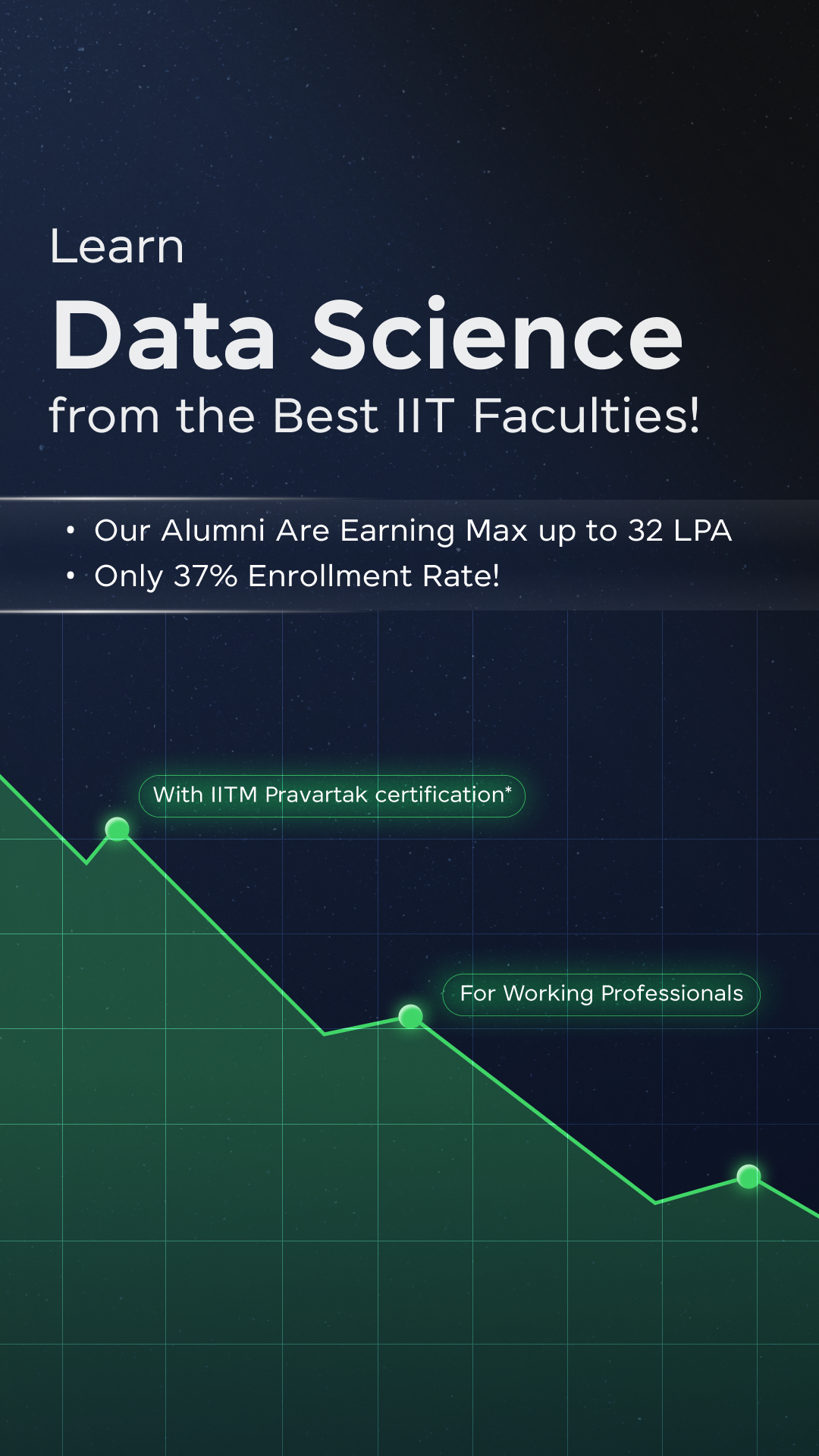



















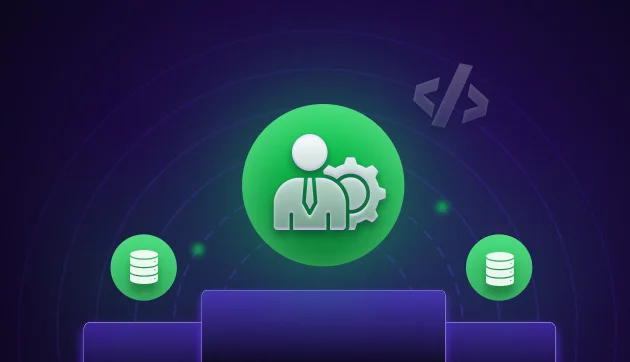
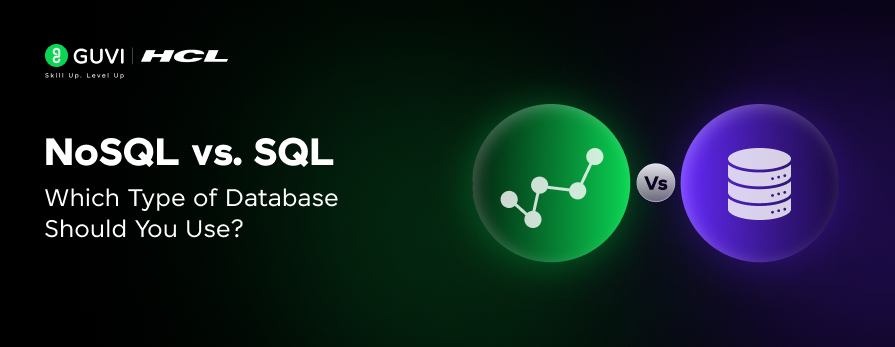
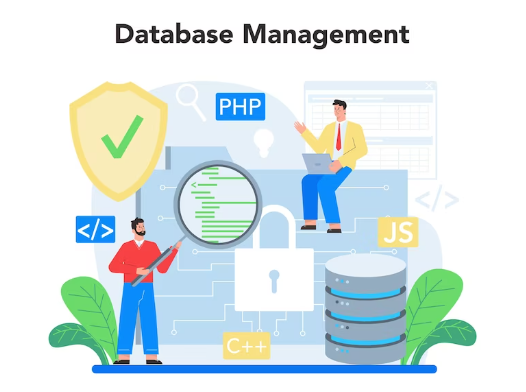
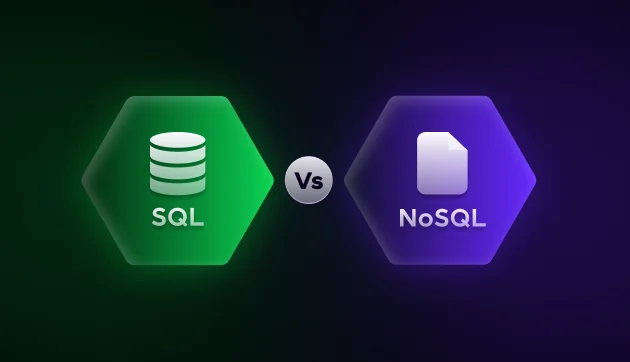
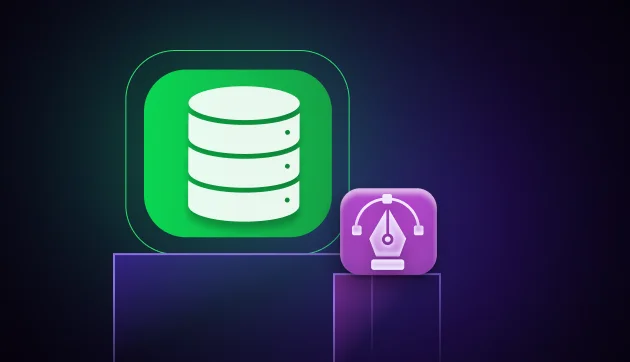
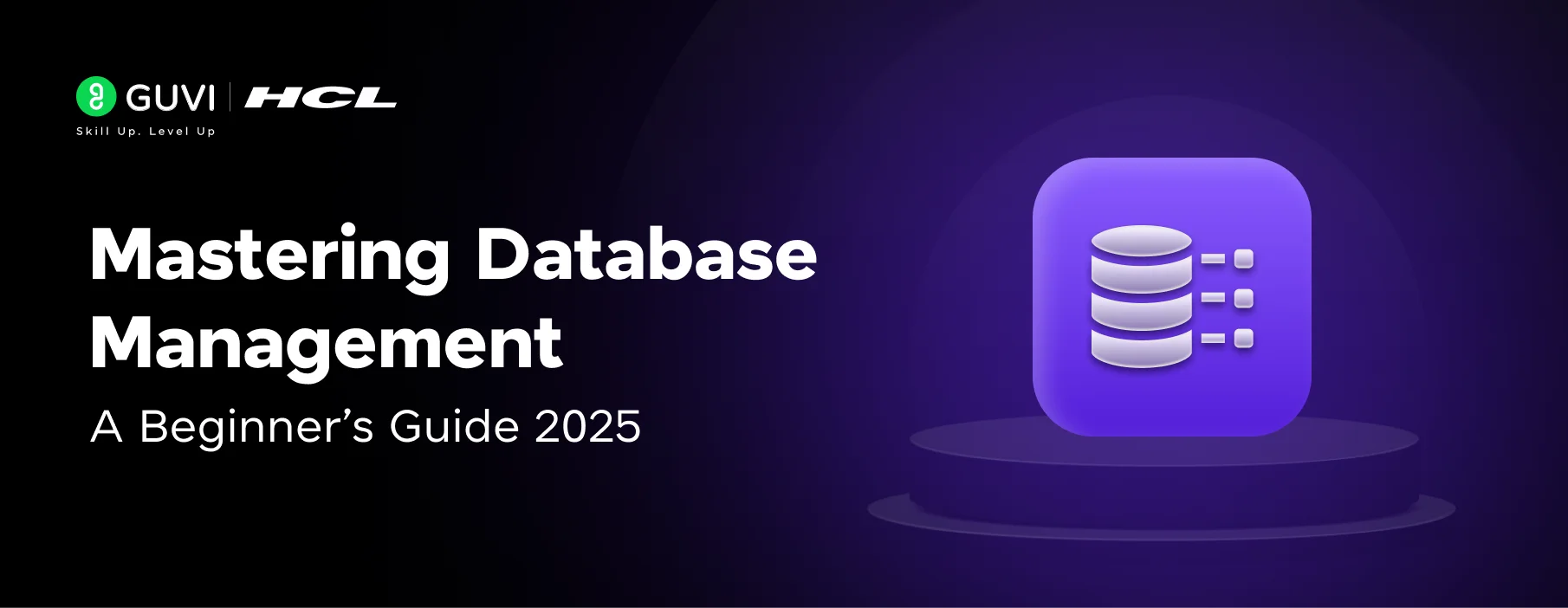
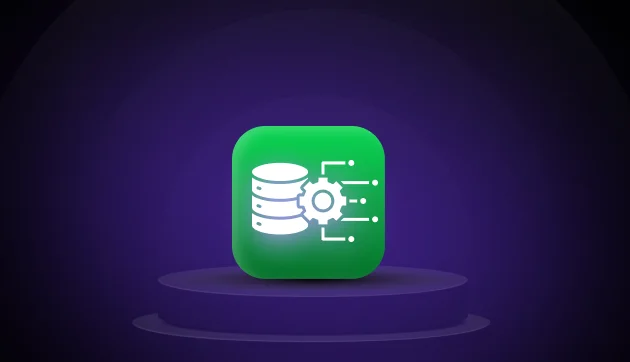
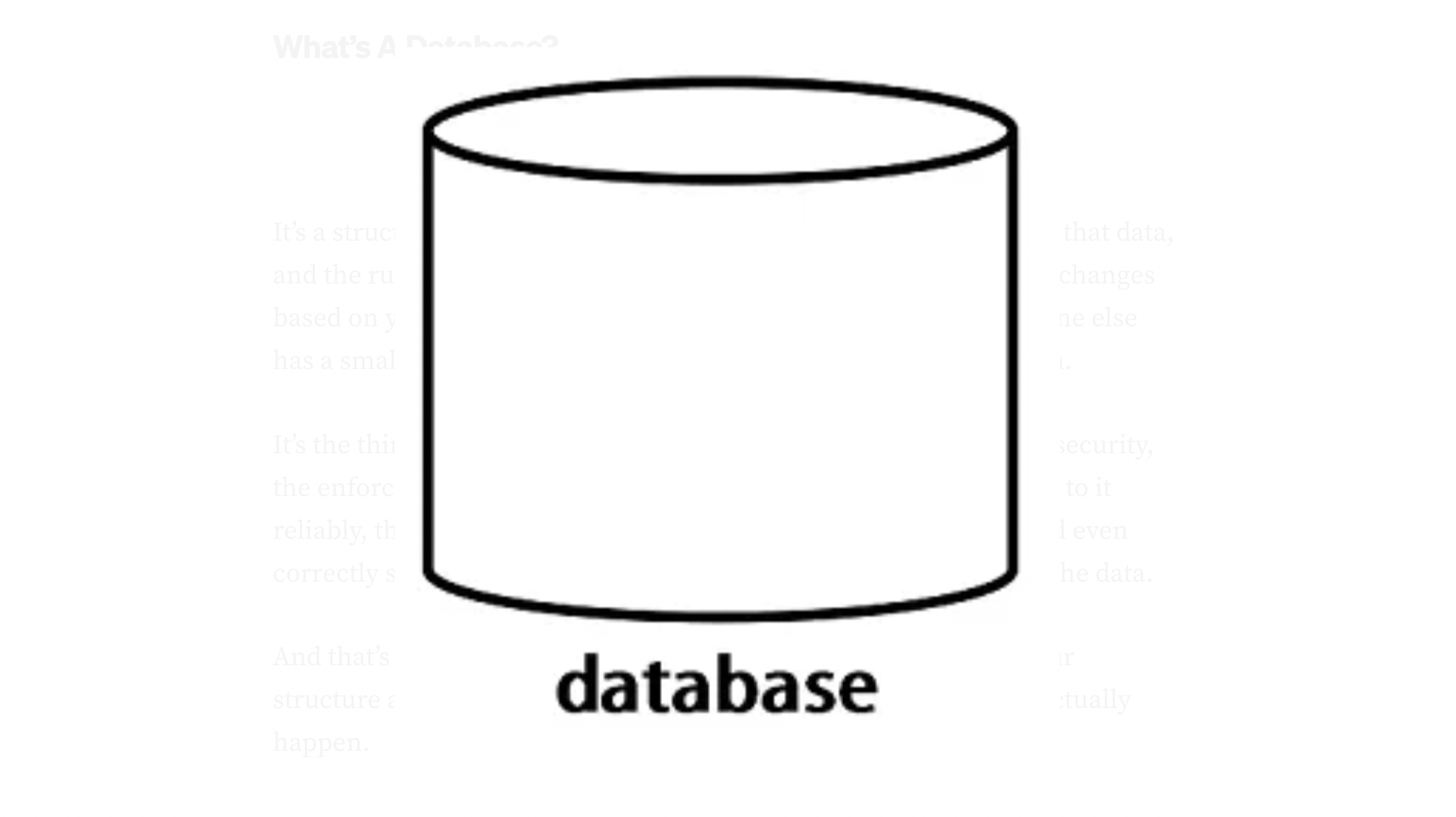


Did you enjoy this article?